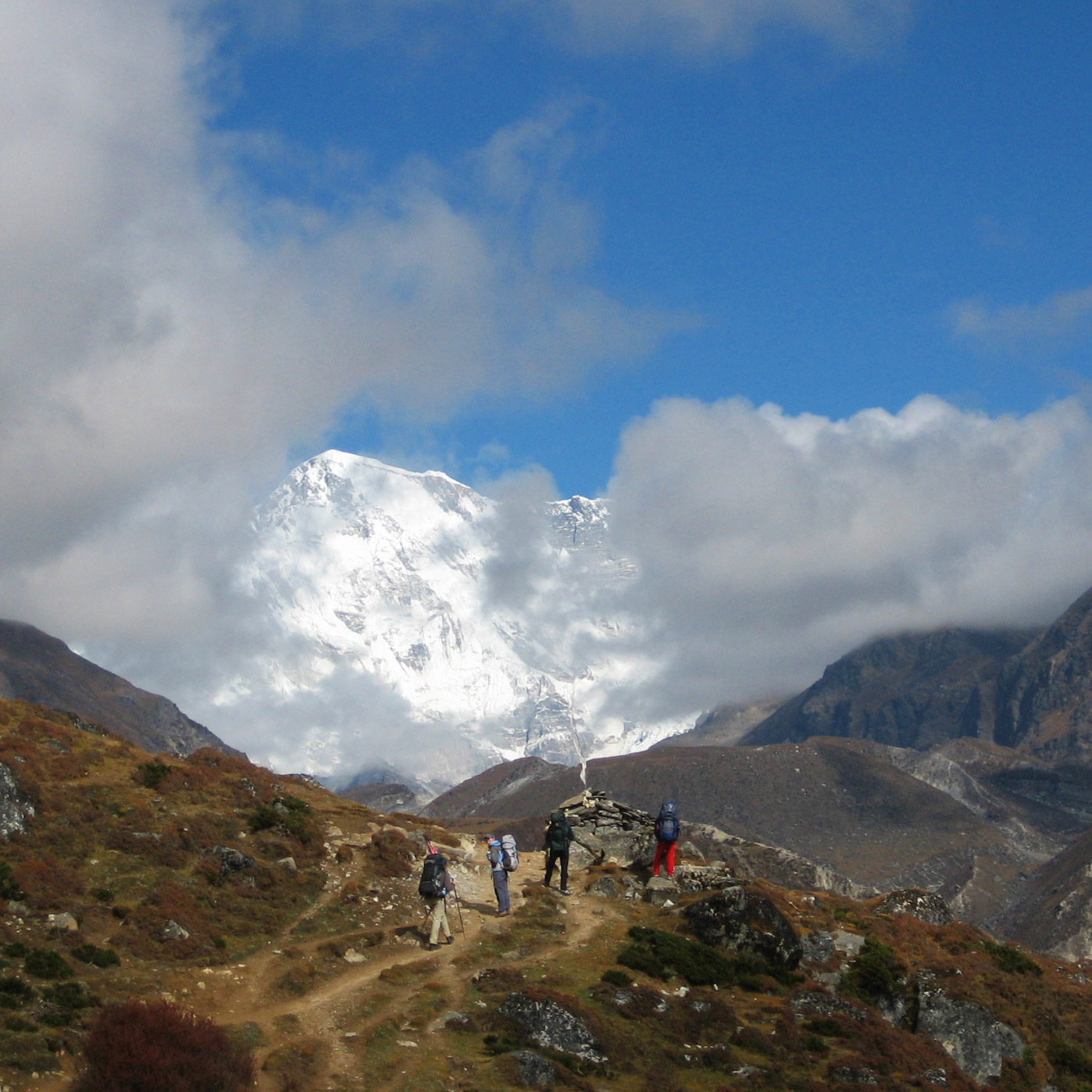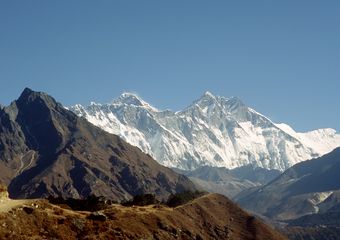Trekking in Nepal
For many a visit to Nepal is the fulfilment of a lifetime's goal, providing an opportunity to gaze upon the highest mountains in the world and experience the unique culture of the Nepali people. Nepal can provide an infinite variety of different experiences which can cater for all levels of experience and ambition, and so I offer a variety of treks from short and relatively easy to longer and more strenuous.

TIMS Card
For safety all trekkers in Nepal must acquire the Trekkers’ Information Management Systems (TIMS) Card before trekking. TIMS Card is mandatory to ensure the safety and security of trekkers in the general trekking areas. Travel insurance is essential to acquire permission for trekking in Nepal and for obtaining the TIMS Card.
Fees, passport copy, and passport size photographs are required to obtain TIMS Card from Tourist Service Center, Bhrikutimandap, and Trekking Agencies’ Association Nepal (TAAN) Office in Maligaon and Government registered trekking companies in Kathmandu and Pokhara. TIMS Card can also be obtained from TIMS Counter at NTB Regional Office in Pokhara.
TIMS Card fees are as follows – Group trekker: NRs. 1,000; Free individual trekker (FIT): NRs. 2,000, per trekking route per person per entry.
For SAARC countries TIMS Card fees are as follows – Group trekker: NRs. 300; FITs: NRs. 600, per trekking route per person per entry. Part of the collection will go into maintaining the trekkers’ database and in the rescue of trekkers in need of emergency services.
TIMS Counter office hours at Tourist Service Center, Bhrikutimandap, Kathmandu, are from 10 am to 5 pm, 7 days a week. The counter remains open on Saturdays and public holidays too.
Classic treks and new trails
I offer the classic treks in the popular Annapurna and Everest regions as well as treks in the upcoming Manaslu area. Some of these treks are ideal for people visiting Nepal for the first time and who wish to experience the high mountain areas without necessarily requiring a wilderness experience and some are more strenuous for people who want to enjoy more adventurous days in the mountains and go "off the beaten track".


